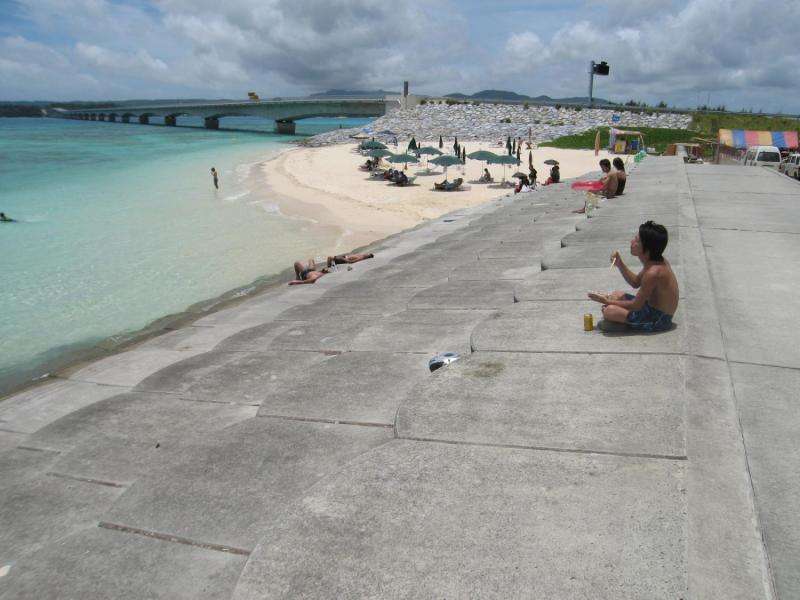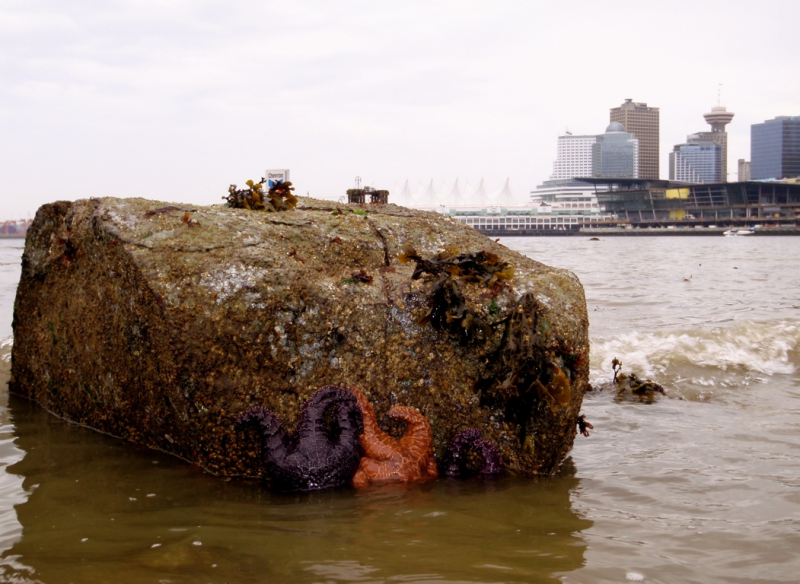Human activities, shifts in local species reshaping coastal biodiversity

While human activities have caused extinctions across the globe, your favourite beach or diving site may actually be home to as many, or more, species then it was a few decades ago.
That's the conclusion of a synthesis of 50 years of marine biodiversity data conducted by University of British Columbia (UBC) researchers.
But there is a catch. Like other studies of its kind, the synthesis relies on species population time series from sites that haven't been subject to intense human development.
"Much as you'd expect, our study shows human impacts like pollution and sedimentation were related to diminishing biodiversity in sites near developed areas," says UBC ecologist Robin Elahi, lead author of the study published today in Current Biology.
"But on the bright side, species gains were associated with sites that are protected or actively restored. To understand global patterns in local biodiversity change, it really helps to consider ecological neighborhoods case by case, because we have limited data."
The study reviewed trends in scientific report and fisheries data from 1962 to 2015 from 189 sites around the globe.
The vast majority of the study sites are located on coasts far from urban development. In 17 per cent of cases, sites reside in ecologically protected areas. It's a large proportion considering only three percent of the world's oceans are protected.
The synthesis indicates that even sites minimally impacted by human development saw increases in species lower in the food-web, like invertebrate suspension feeders. Those type of gains are consistent with species introductions, as well as the spread of previously uncommon species due to climate-driven range shifts.

"Although our study focused on changes in the raw numbers of species, it's clear that the types and composition of the species matters greatly, from an ecological and a human perspective," says Elahi.
According to the researchers, the synthesis highlights the need for more systematic and comprehensive biodiversity monitoring to improve protection and management efforts.
"At the local level, biodiversity studies could be over-sampling well-preserved sites that don't immediately correlate with the loss of species we know is occurring globally," says UBC Assistant Professor Mary O'Connor, co-author on the paper.
Journal information: Current Biology
Provided by University of British Columbia















